In the heart of Norway's dark winter months, when daylight is scarce and the cold bites deep, a warm golden bread infused with saffron brings light to the table. This is the iconic Lussekatt, a saffron-scented sweet roll traditionally baked for St. Lucia Day on December 13th. More than just a festive treat, these golden buns carry centuries of history, symbolism, and a touch of culinary magic that defines Norwegian yuletide celebrations.
The origins of Lussekatter (plural) are as layered as the dough itself. Though saffron bread exists in other Nordic countries, Norway's version is deeply tied to the St. Lucia tradition, which blends Christian martyr lore with older Norse solstice customs. The bread's radiant yellow hue mirrors the candles adorning Lucia's crown, symbolizing hope during the year's longest nights. Some historians trace the recipe's saffron—an exotic and expensive spice—to medieval trade routes, when Norwegian merchants would return from the Mediterranean with precious cargo.
Making authentic Lussekatter is a labor of love. The dough begins with a generous pinch of saffron threads, soaked overnight in milk to release their earthy fragrance and vibrant color. Butter, sugar, and flour combine into a rich, pliable base, while raisins or currants nestle into the coiled shapes like jewels. The most traditional form is the "S-shaped katt," though modern variations include stars and wreaths. Bakers often say the scent of saffron and yeast curling through the house is the true herald of the season.
Beyond its deliciousness, the bread serves as edible storytelling. Each element carries meaning: the saffron represents light overcoming darkness, the raisins symbolize eyes (echoing Lucia's blindness in some legends), and the sharing of buns reinforces community bonds. In Norwegian homes, the eldest daughter often serves Lussekatter to her family at dawn on St. Lucia Day, wearing a white gown and candlelit wreath—a tradition that gained popularity after a 1920s newspaper promotion revived near-forgotten customs.
Modern twists on the classic recipe reveal Norway's evolving food culture. Some bakeries offer vegan Lussekatter with plant-based butter, while others experiment with cardamom or orange zest. Yet purists argue that true authenticity lies in the classic balance of saffron's warmth against the sweet dough. Food historians note that the bread's enduring appeal lies in its ability to marry tradition with sensory joy—a edible sunbeam during winter's gloom.
For visitors to Norway during December, tasting a freshly baked Lussekatt is akin to sipping liquid sunlight. Cafés display them in glowing piles, often paired with gløgg (mulled wine) or strong coffee. The first bite delivers a paradox: the delicate crunch of sugar crust giving way to pillowy softness, followed by saffron's faintly floral earthiness—a flavor that lingers like the memory of midsummer in midwinter.
As global interest in Nordic traditions grows, this golden bread has begun appearing in bakeries from Tokyo to Toronto. Yet nowhere does it taste quite like in Norway, where each buttery mouthful seems to carry the weight of frost-laden pine forests and the promise of returning light. The Lussekatt isn't merely seasonal baking—it's alchemy, transforming simple ingredients into a edible torch against the darkness, one coiled golden swirl at a time.
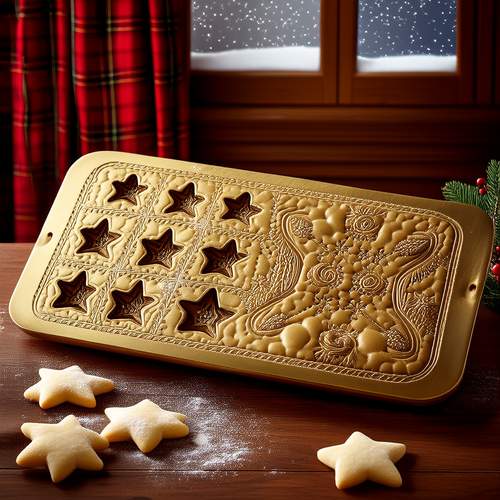
By /May 26, 2025
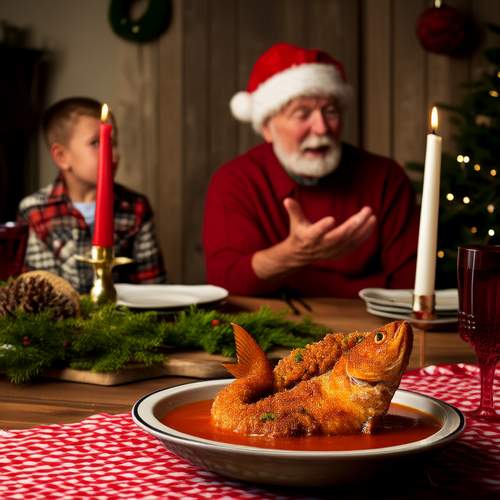
By /May 26, 2025
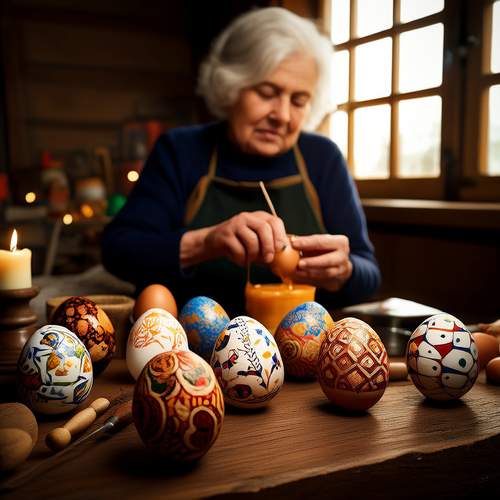
By /May 26, 2025

By /May 26, 2025
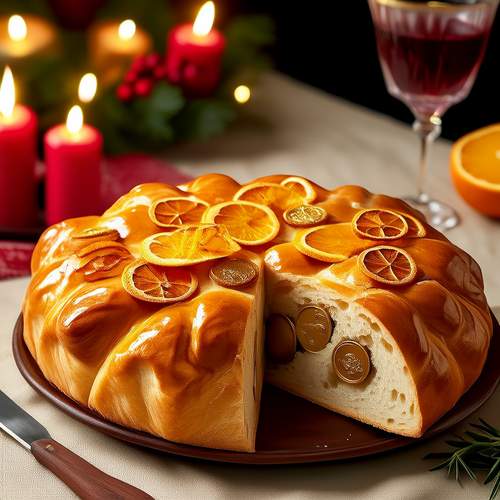
By /May 26, 2025
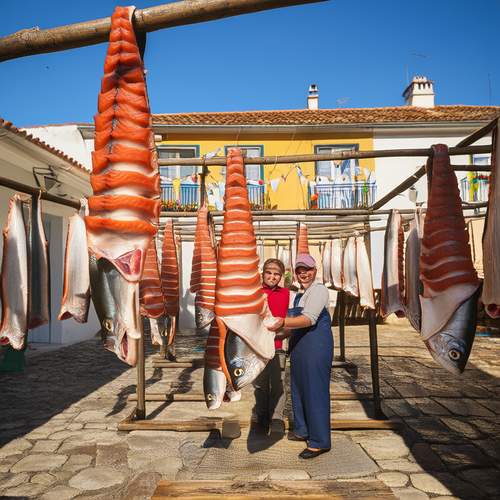
By /May 26, 2025
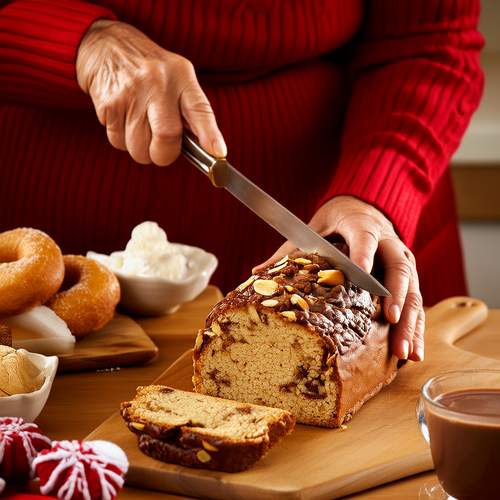
By /May 26, 2025
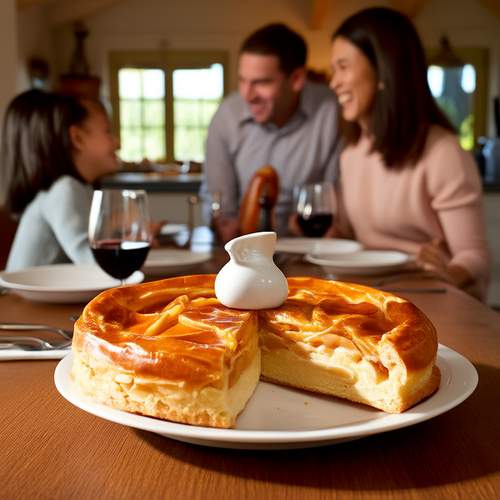
By /May 26, 2025
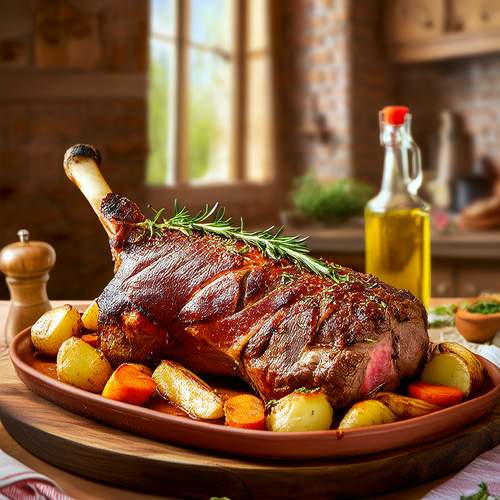
By /May 26, 2025
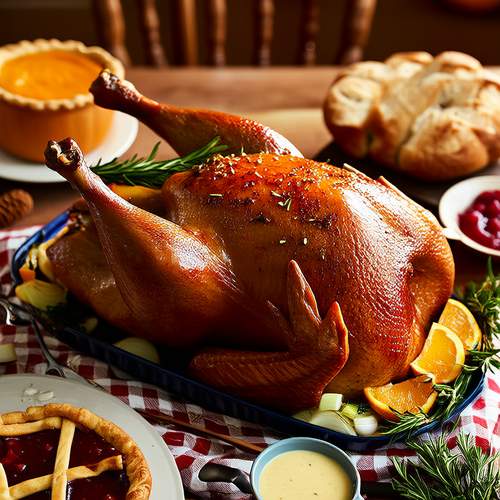
By /May 26, 2025
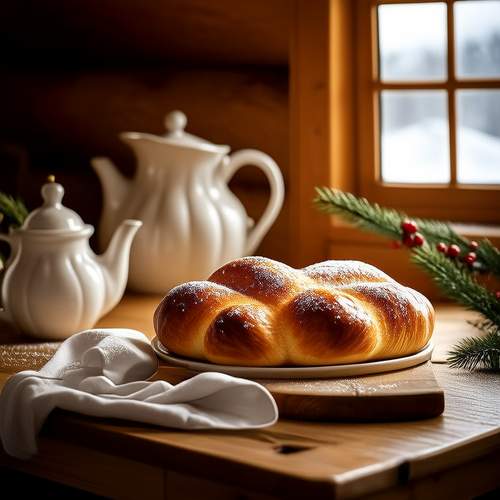
By /May 26, 2025
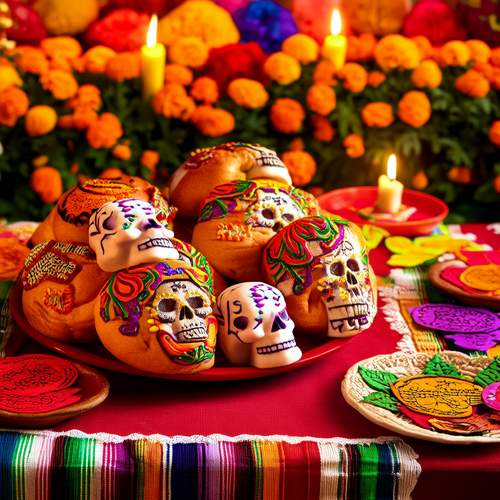
By /May 26, 2025
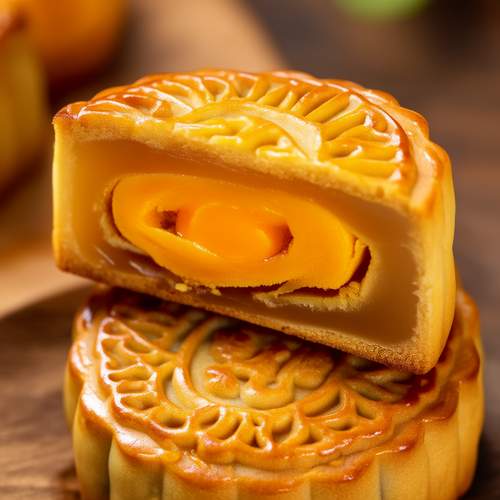
By /May 26, 2025
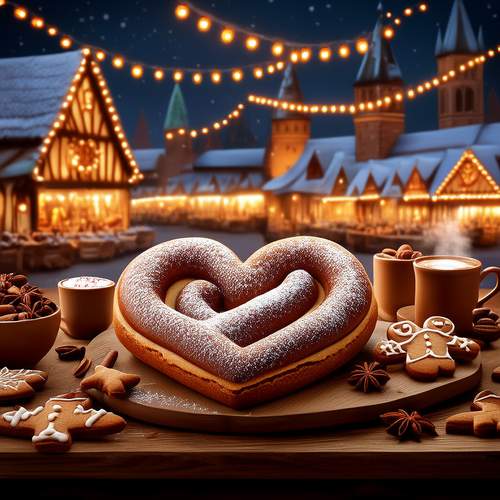
By /May 26, 2025
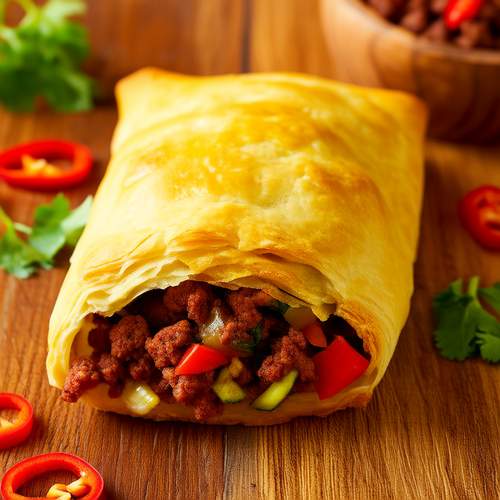
By /May 26, 2025
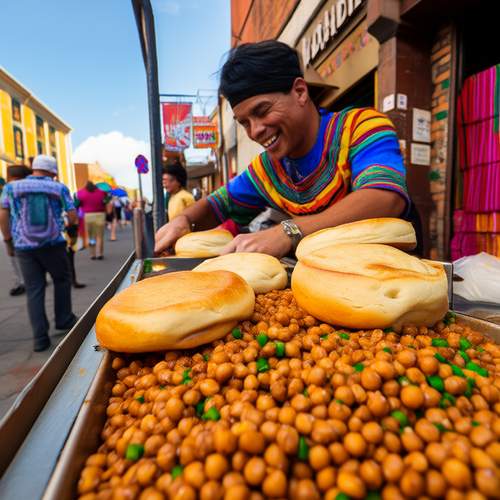
By /May 26, 2025
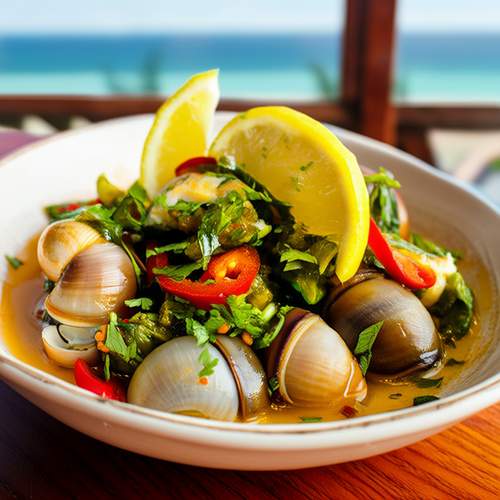
By /May 26, 2025

By /May 26, 2025
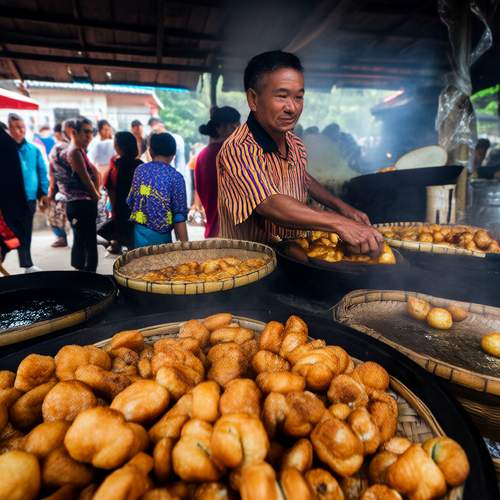
By /May 26, 2025

By /May 26, 2025